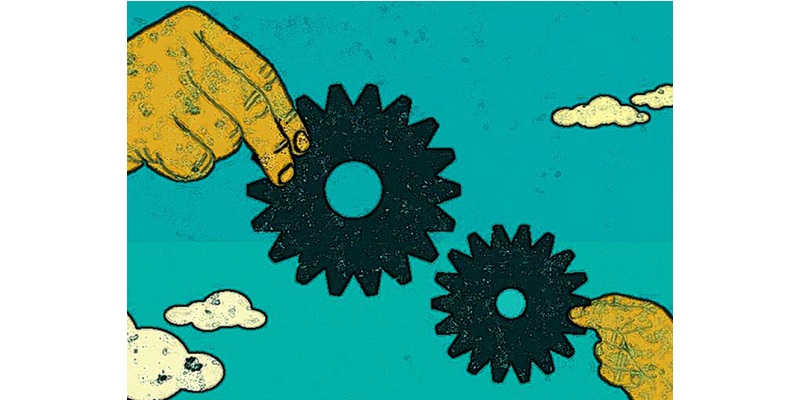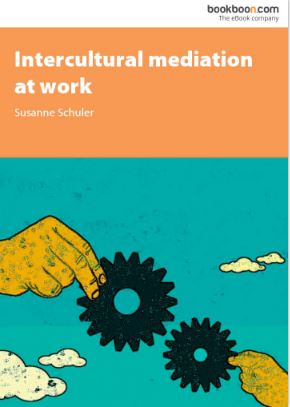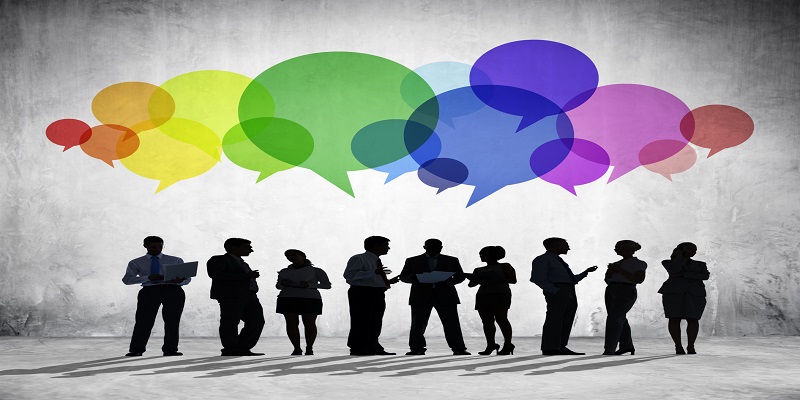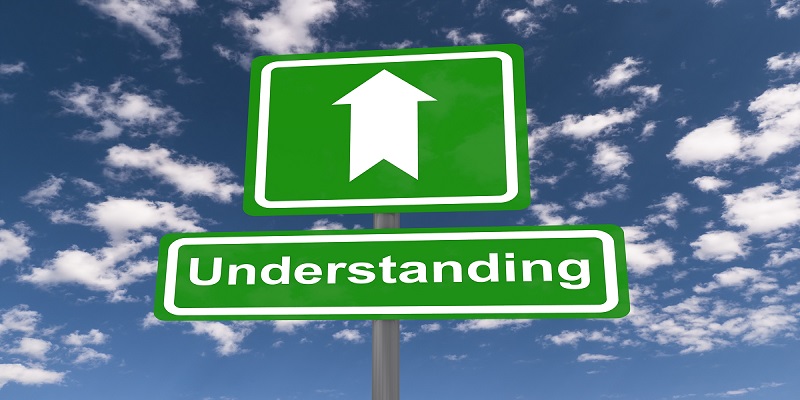How to Successfully Resolve Conflicts in Your Company (2 of 2)

In the first part of this two-piece article, we looked at the characteristics, objectives, and basic rules of mediation. In this second part, you will learn what each stage of this process looks like.
Before we jump into it, though, let’s get something out of the way first: The six stages described below are a recommendation of how to split up the mediation process – but they are not the one and only solution. If you’ve seen other ways of how to do mediation, that’s fine. What’s important is the function each stage serves to advance the resolution of the conflict – how this function is implemented can be adapted to suit the specific needs of each case.
Stage 1: Process setup and initiation
This first step includes all that is needed to be taken care of before everyone meets for the first time:
- Identify the problem:
Of course, many disputes are not hard to spot – but there are also conflicts in which both parties put on a good face and where you have to look for more subtle signs to realize there’s a problem, for instance when you notice that two teams don’t seem to cooperate very well.
- Have everyone commit:
It is crucial for a constructive cooperation that everyone involved wants to contribute to a resolution in the first place. Often, this can be serious hurdle to overcome because people tend to be hesitant when it comes to confronting their disputes with an open mind. It’s an important prerequisite for the entire process, though.
- Set up the framework:
This means organising rooms, scheduling sessions, inviting participants, preparing necessary material, planning the details of the remaining stages etc.
Stage 2: Kick-off meeting(s)
Once you have taken all preparatory steps, it’s time for the conflicting parties to meet for the first time in the context of the mediation project. As mediator you are also the moderator of each meeting.
In the first part of this initial session, you tell the participants about the goals of the mediation, the details of the process, your responsibilities and limitations as a mediator, and the ground rules everyone should agree on for the duration of the mediation.
In the second part, both parties have the opportunity to tell their side of the story, in their own words and in their own time.
Stage 3: Insights and transformation
This is the most important stage because its goal is to understand the core of the conflict and its underlying motives for each of the parties.
It can take place with one person at a time or together or both. As a mediator, you help people uncover the needs and interests they felt were violated or disregarded. Once they have made the transformation from concentrating on the conflict and on why the other side is wrong to understanding what they need and wish for, you have the basis for a mutual solution.
Stage 4: The agreement
Now that everyone knows what they want, it’s time to find a solution that considers those wishes and needs. As a mediator, you encourage both parties to be creative and flexible – and willing to make concessions.
But remember: It’s not your job to come up with solutions or compromises, this is something the conflicting parties have to do on their own.
Stage 5: Final meeting
In the last official mediation session, you present the agreement the parties have come up with and ask everyone to affirm that they accept it and are committed to implementing it. Then you tell people about their individual responsibilities regarding the execution plan and thank everyone for their constructive contributions.
Stage 6: Review sessions
This is strictly speaking not part of the mediation process – but it often helps with ensuring a long-term success of the conflict resolution: Invite participants to a number of review sessions where they can talk about how the mutual agreement has worked out so far and if there are specific challenges or other things worth discussing.
Those meetings are also a good tool to enforce everyone’s commitment to make the agreement work.
As you can see, mediation isn’t rocket science and there is no magic involved. Instead, it is a chain of carefully planned steps, each of which helps conflicting parties to move a little bit closer to finding a mutual agreement.
It has been proven to work successfully and there is a good chance it will help you too with solving those toxic conflicts that keep damaging your company’s working environment.
This article is based on the following eBook:
Intercultural mediation at work
These articles might also be interesting for you:
- How Business Benefits by Eliminating Organisational Conflicts
- Avoiding Conflicts with Employees: “Foresight is Better Than Hindsight”
- 4 Skills Your Employees Really Want to Learn… But are Afraid to Tell You About
[bookboon-recommendations id=”3eab62c5-4da5-428b-ac2c-5011a7419edc” title=”You might also find these books interesting:”]





